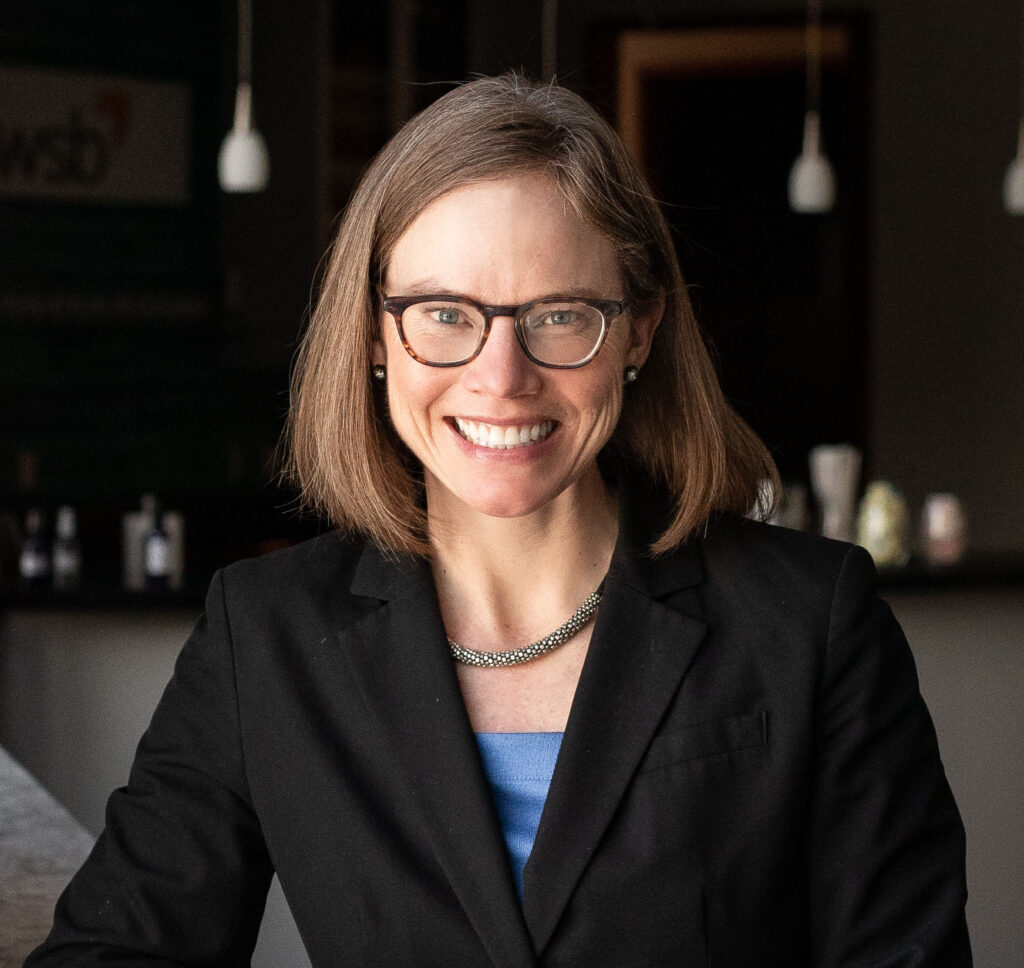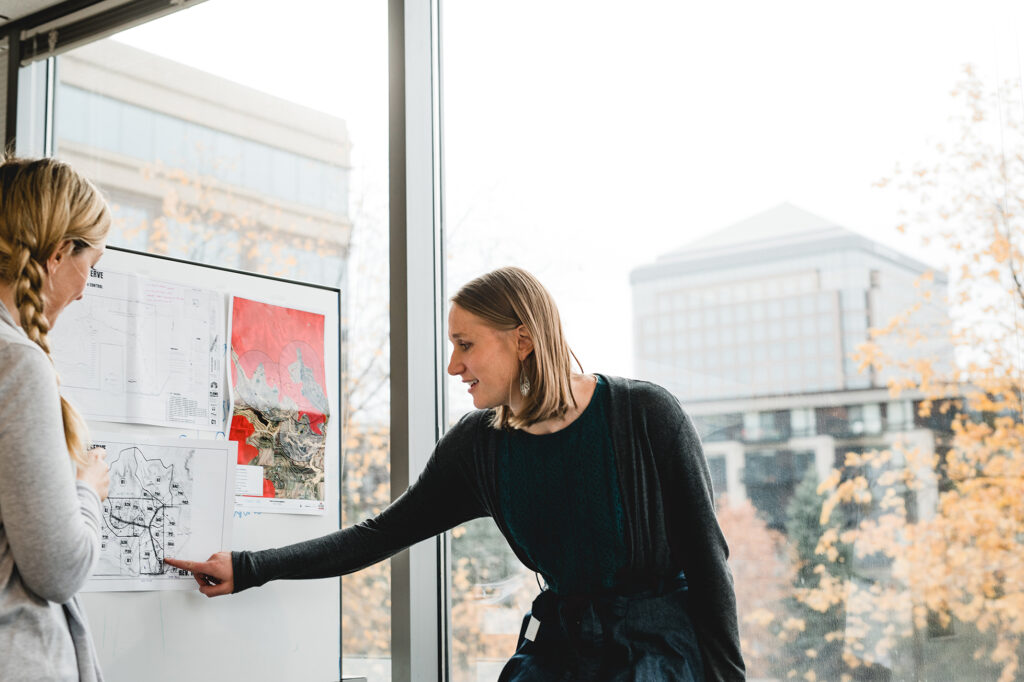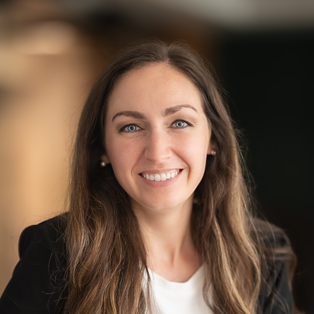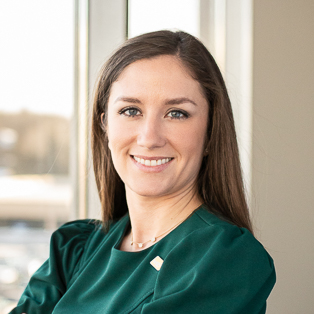April 11, 2025
By Shawn Poe, Director of Municipal Services, WSB and Amy Fredregill, Senior Director of Sustainability, WSB
As we recognize Earth Month this April, it is imperative to emphasize sustainable and resilient practices in infrastructure projects. A comprehensive Sustainability Plan is most strategic, relevant and useful when it considers future capital projects planned within a community.
Introducing the Envision® Framework
One effective practice to incorporate is the Envision® framework — a holistic sustainability rating system designed to evaluate the resilience of various types of civil infrastructure.
Envision® serves as a tool for cities, consultants, and contractors, helping to deliver infrastructure that:
Utilizing the Envision® framework allows infrastructure projects to contribute positively to the environment by enhancing sustainability and resilience. This framework helps improve the quality of life for communities by addressing climate change, supporting public health, providing long-term economic benefits, and improving infrastructure longevity.
How WSB Can Help
The WSB team includes certified Envision Sustainability Professionals (ENV SP) who can support communities in integrating Envision® into their sustainability and resiliency plans, as well as transportation, transit, and other infrastructure projects. We offer comprehensive services including project assessment, strategy development, and implementation guidance to help municipalities align infrastructure projects with community goals. Our expertise ensures that sustainable, resilient, and equitable outcomes are achieved.
Shawn is the Director of Municipal Services at our Denver office, with nearly 30 years of experience in Colorado and Texas, he has served as a City Engineer and Director of Public Works. Shawn excels in relationship building, team leadership, and client service. He is also active in professional circles, having served as President of the APWA Texas Chapter and currently on the board of the APWA Colorado Chapter. At WSB, he focuses on expanding services to municipalities and fostering strong public agency relationships.
[email protected] | 214.773.6767

Amy has nearly 25 years of experience in the public, private, and non-profit sectors, focusing on sustainability and resiliency. She has worked extensively in energy and agriculture, providing strategic solutions for complex challenges in energy, water, and waste. Amy has held key roles, including Managing Director of the Sustainable Growth Coalition at Environmental Initiative and Manager of Resource Planning at Xcel Energy. Currently, she works on climate and sustainability projects across various states, leveraging her relationship-based approach to deliver comprehensive solutions.
[email protected] | 612.965.1489
























